10 Things in Your Yard That Are Attracting Pests Right Now
You can do everything right inside the house, but if your yard is sending out the welcome mat to pests, you’ll keep seeing them. Mosquitoes, ants, rodents, and more are drawn to specific things—some of which are surprisingly easy to overlook.
It doesn’t always take standing water or piles of trash. Sometimes it’s that one forgotten planter or the way your mulch is sitting too close to the house. Here’s what could be luring pests into your yard right now (and how to start fixing it).
Standing Water in Any Form
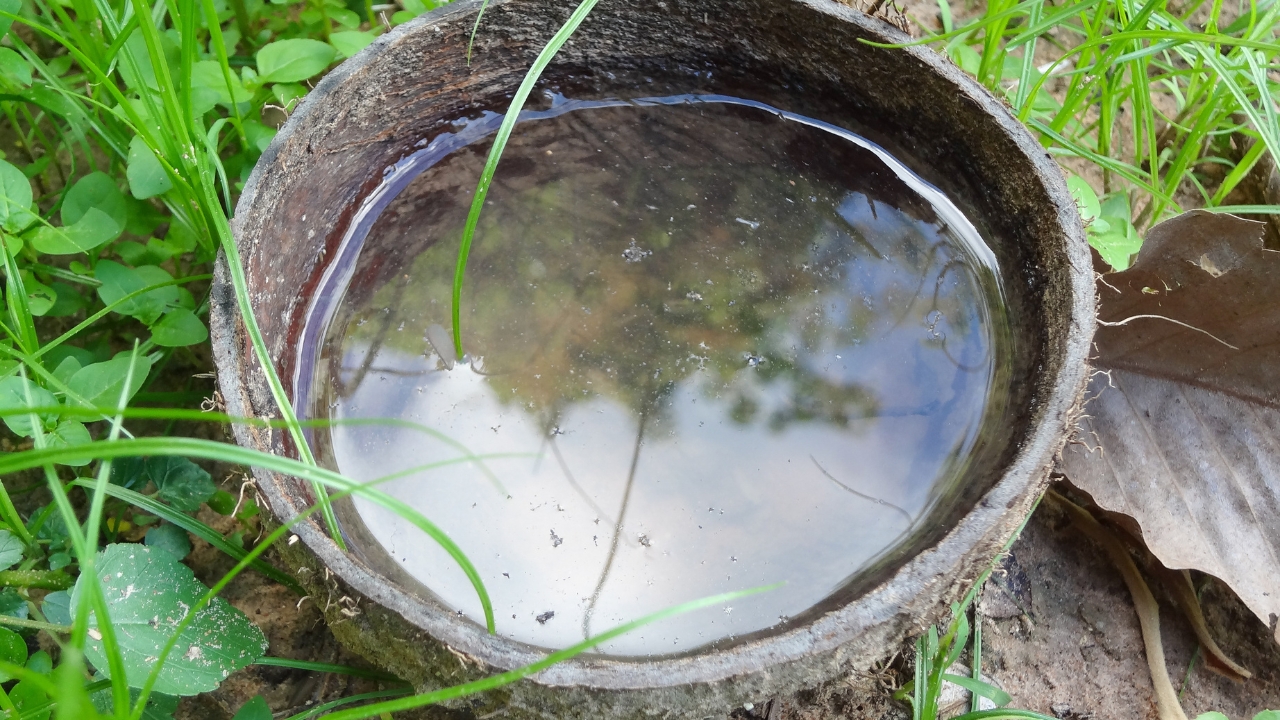
Mosquitoes only need a tiny amount of standing water to start breeding—think flowerpot saucers, kids’ toys, clogged gutters, or even a forgotten bucket in the corner. It doesn’t take much.
Doing a quick check after a rain or before turning on the sprinklers can make a big difference. Dump anything holding water and clear out low spots where puddles tend to stick around.
Overgrown Grass and Weeds
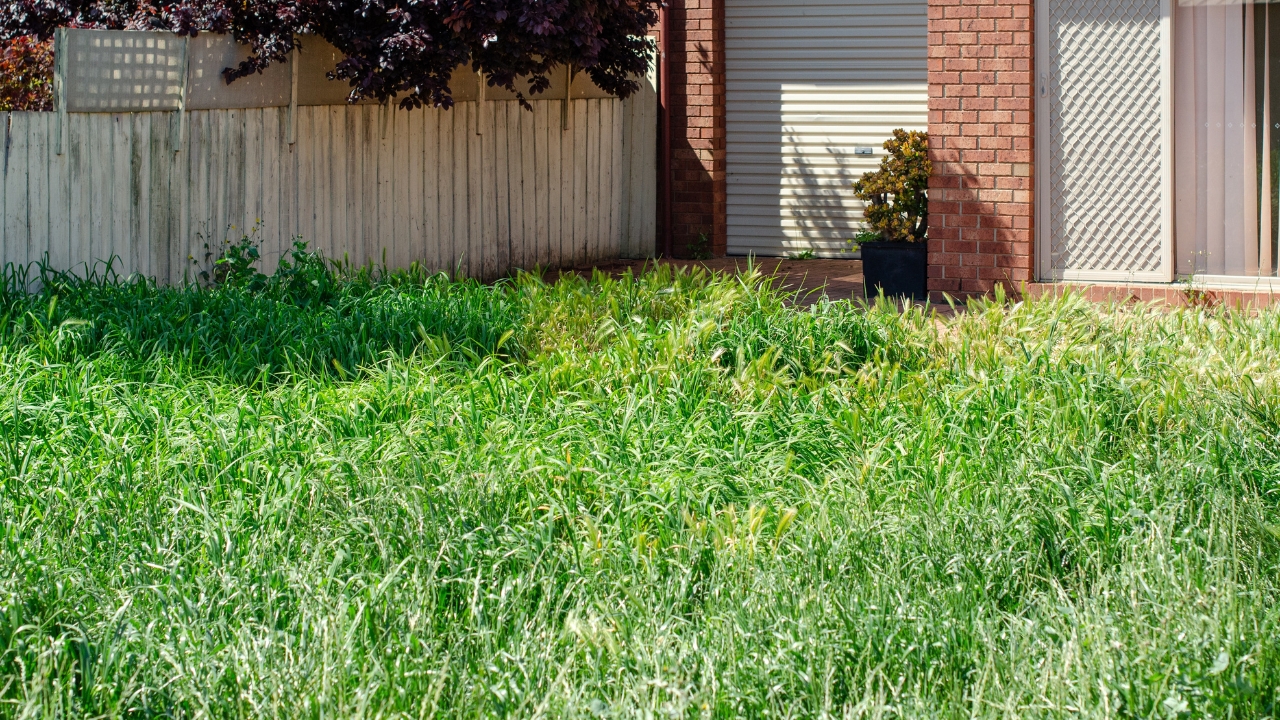
Tall grass, weedy corners, and thick brush create perfect hiding spots for ticks, fleas, and rodents. If there’s a shaded patch that stays damp, even better—for them.
Keeping your grass trimmed and clearing out overgrowth along fences, sheds, and behind flower beds helps cut down on the shelter pests love. The neater your yard, the less attractive it is to things that crawl or bite.
Unsealed Trash or Compost Bins
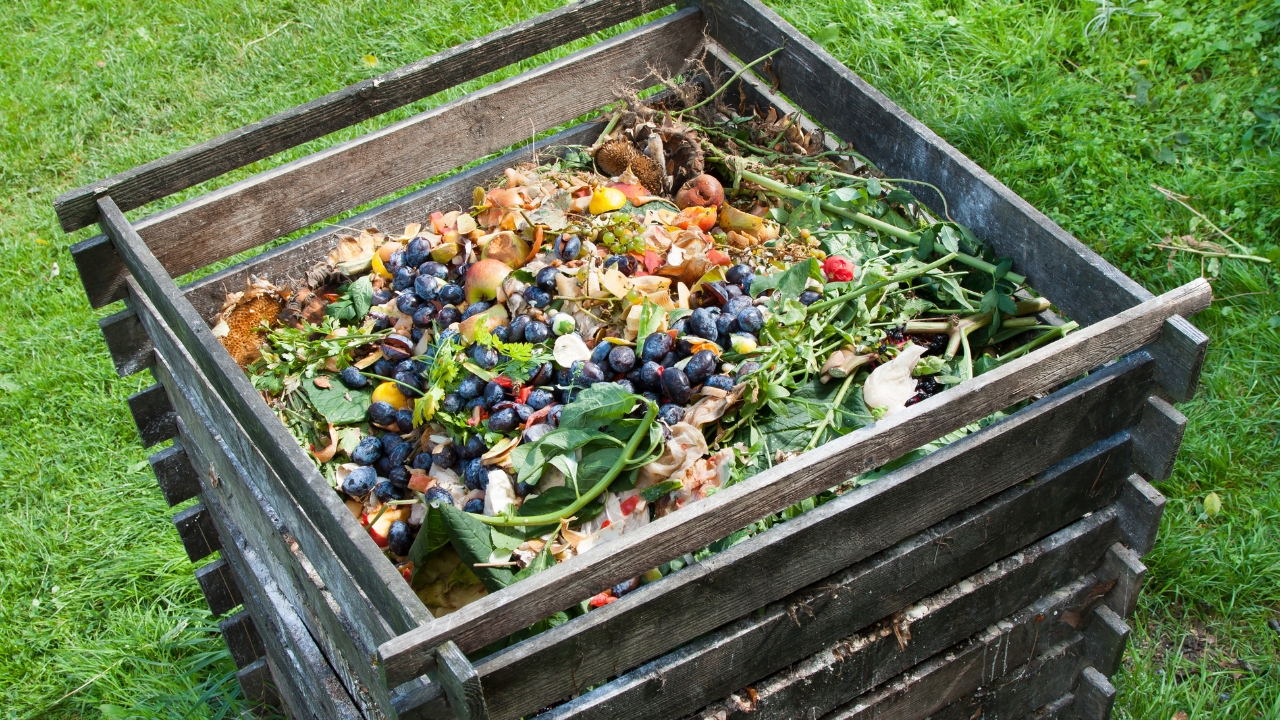
Open or damaged trash bins are basically a buffet for raccoons, rats, flies, and other critters. Even if the lid is closed, if it’s loose or doesn’t seal tightly, they’ll find their way in.
Compost bins can be another trouble spot if food scraps are exposed. Make sure your bins are sealed, clean, and stored away from main living areas to keep pests from sniffing them out.
Fruit or Nuts Left on the Ground

If you’ve got fruit trees or nut-producing plants, letting the fallen debris sit too long attracts everything from ants and bees to rodents and raccoons. The longer it sits, the more it ferments and draws in bugs.
A quick rake-through every few days can keep things in check. Even wildlife-friendly yards can get overrun fast if the food supply keeps piling up on the ground.
Wood Piles Too Close to the House

Stacking firewood against your home or near your deck might seem convenient, but it’s also an open invitation for termites, spiders, and rodents. They love the protection and easy access to your structure.
Store firewood at least 20 feet away from the house and elevate it off the ground. That small change can seriously cut back on pest activity trying to creep closer to your living space.
Clogged Gutters
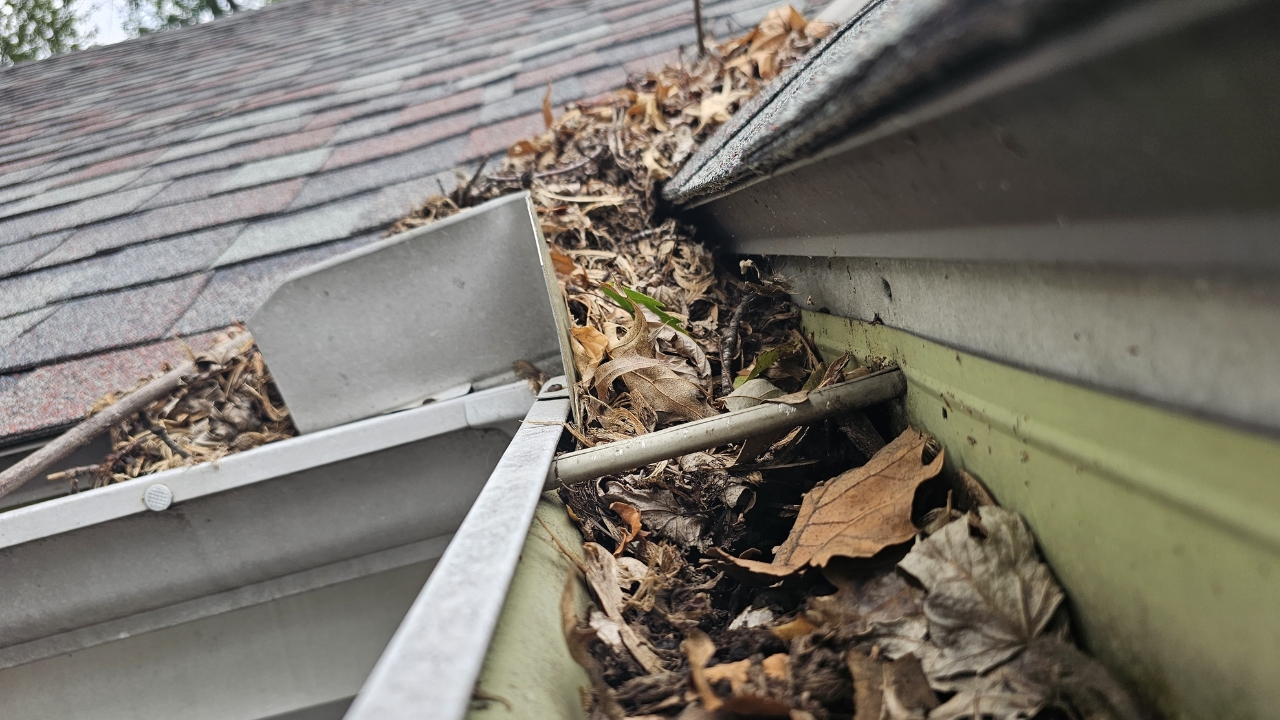
When your gutters are full of leaves and debris, they trap water and become the perfect breeding ground for mosquitoes. They also provide a damp environment that draws in insects and can lead to rot and mold.
Cleaning your gutters a few times a year—especially after heavy leaf fall—keeps water flowing and pests away. It’s an annoying chore, but it makes a big impact on both pest control and home maintenance.
Pet Food Left Outside

Leaving pet food or water bowls outside for extended periods is a surefire way to attract ants, raccoons, and even larger animals like opossums or skunks. The scent carries, and pests will keep coming back once they find it.
Bring dishes in after your pets are done eating and rinse them out regularly. Even a little leftover kibble can cause repeat visits from unwanted guests.
Mulch Piled Up Against the House
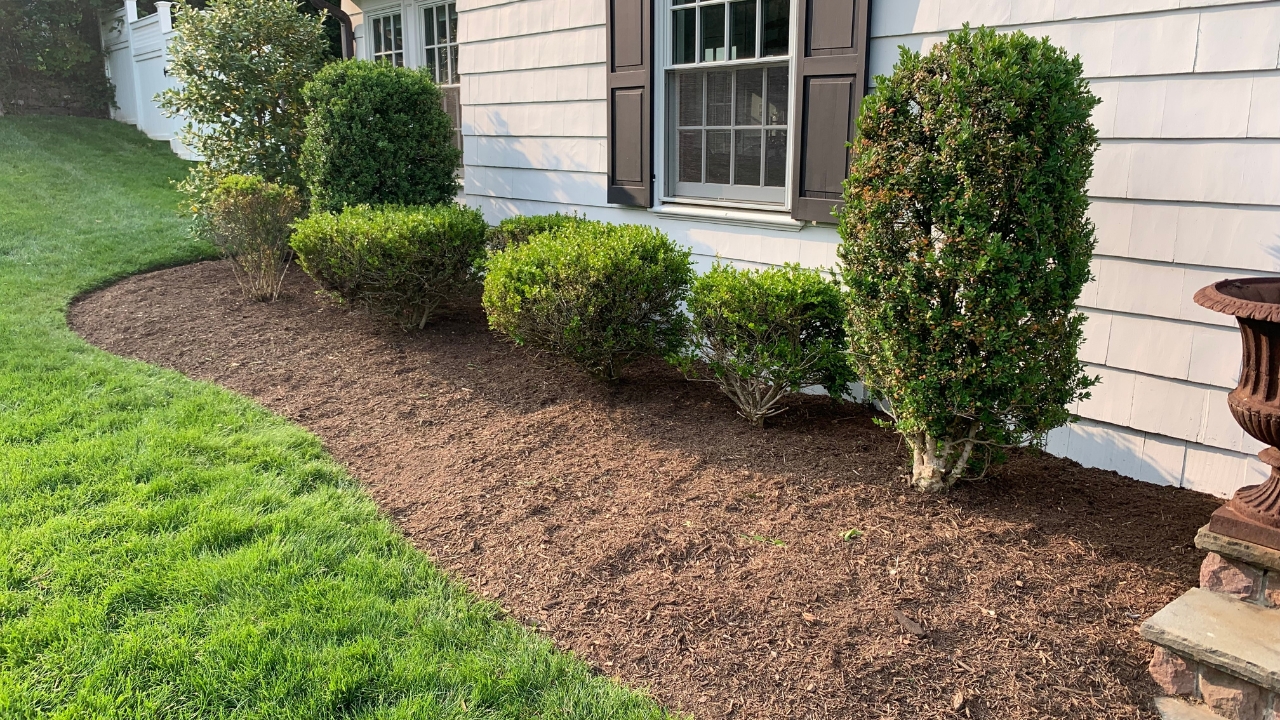
Too much mulch packed tightly around your home’s foundation can trap moisture and create a cozy hiding spot for ants, termites, and other insects. It also gives rodents cover while they look for a way in.
Keep mulch a few inches away from the foundation and avoid piling it more than three inches deep. It’ll still help with moisture retention—without turning into pest real estate.
Bird Feeders Too Close to Structures

Bird feeders bring in more than just birds. Squirrels, rodents, and insects are also drawn to fallen seed, and if it’s too close to your house, it can lead to bigger pest problems indoors.
Try moving feeders farther from the house and clean up the seed that drops below. A tray underneath can help catch some of the mess and make cleanup easier.
Outdoor Lighting That Stays On All Night

Bright lights attract bugs, and bugs attract the things that eat them. If your lights are on all night, you might be drawing pests toward doors, windows, and other entry points.
Switch to yellow or warm-colored bulbs designed to be less attractive to insects, and consider using motion sensors or timers. Less light doesn’t just mean fewer bugs—it can help your energy bill too.
*This article was developed with AI-powered tools and has been carefully reviewed by our editors.







